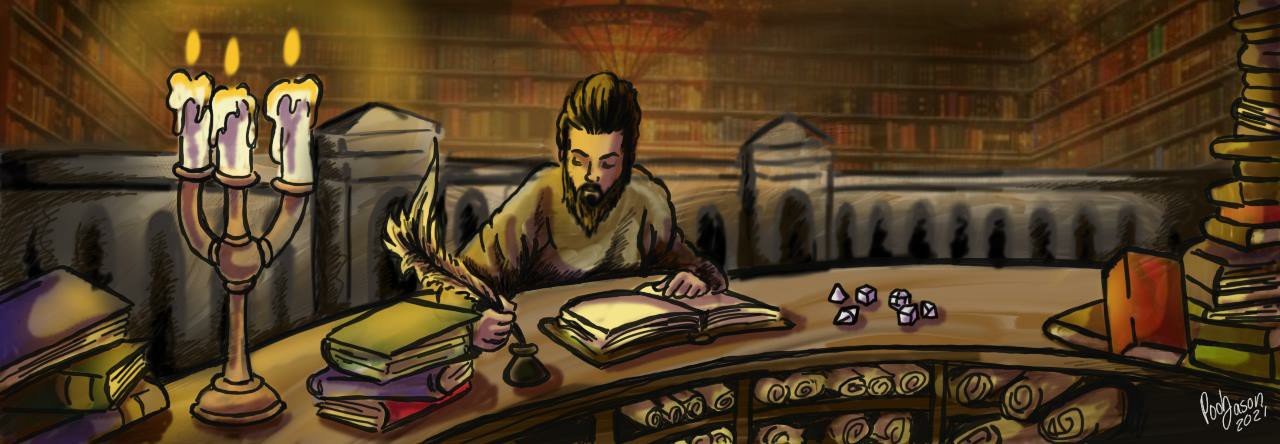Holding Breath
Rule Summary: C0n Score = # of 10 second rounds breath can be held if able to take a deep breath
Characters can hold their breath for a number of rounds equal to their current Constitution (Con) ability score. A round is approximately 10 seconds long. This assumes that the character is able to take a full/deep breath.
Example:
Hengist has a Constitution score of 12. If he is able to take a full or deep breath, Hengist will be capable of holding his breath for 12 rounds, or 120 seconds (2 minutes).
Rule Summary: 1/3 Con Score (rounded up) = # of rounds breath can be held when engaged in a strenuous activity or when unable to take a deep breath
Situations in which characters must abruptly stop breathing (e.g., a cloud of poisonous gas) or are forced to submerge without taking a full/deep breath can only hold their breath for a number of rounds equal to a third of their current Constitution ability score (rounded up).
Furthermore, 1/3 Con is the default number of rounds a character can hold their breath anytime a character is engaged in a strenuous activity. What constitutes a strenuous activity is ultimately left to the Referee to decide, but examples may include: being engaged in hand-to-hand combat (especially if successfully attacked by an enemy), lifting heavy objects, and any movement requiring more than casual effort.
Example:
Traversing the festering swamps to the east, Hengist is suddenly and unexpectedly pulled beneath the foul water. The Referee rules that due to the unexpected event, Hengist was not able to take a full breath. Therefore, he is only able to hold his breath for 4 rounds, or 40 seconds (e.g., 12 Con/3 = 4).
Drowning and Breathing in Harmful Environments
Characters are consider to be drowning if they are submerged beneath the water, or any other liquid, longer than their Constitution ability score in rounds, or a third of their Constitution score in situations in which a full breath was not possible or the situation demands strenuous effort.
Drowning characters must make a Saving Throw vs. Death Ray/Poison the first round after the allotted maximum rounds have elapsed. Failing this roll results in death by drowning. Success means a character has survived. However, if the character is not able to breathe before the end of the next round, then that character must make another Saving Throw with a -2 penalty. Saving Throws continue each round with cumulative -2 penalties (e.g., -2, -4, -6, etc.).
The same rules for drowning can be used for characters holding their breaths to the avoid the effects of toxic environments (e.g., poisonous gas, powder, etc.). However, instead of a failed Saving Throw automatically resulting in death, the character instead suffers the effects of the toxic environment. While this could include death, depending on the effects of the environment it could result in a lesser effect like falling unconscious or paralysis.
